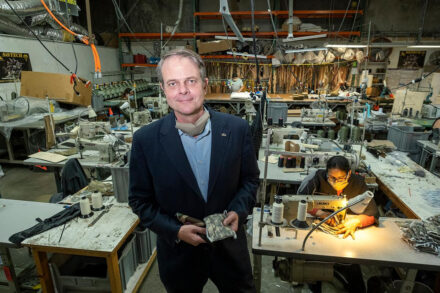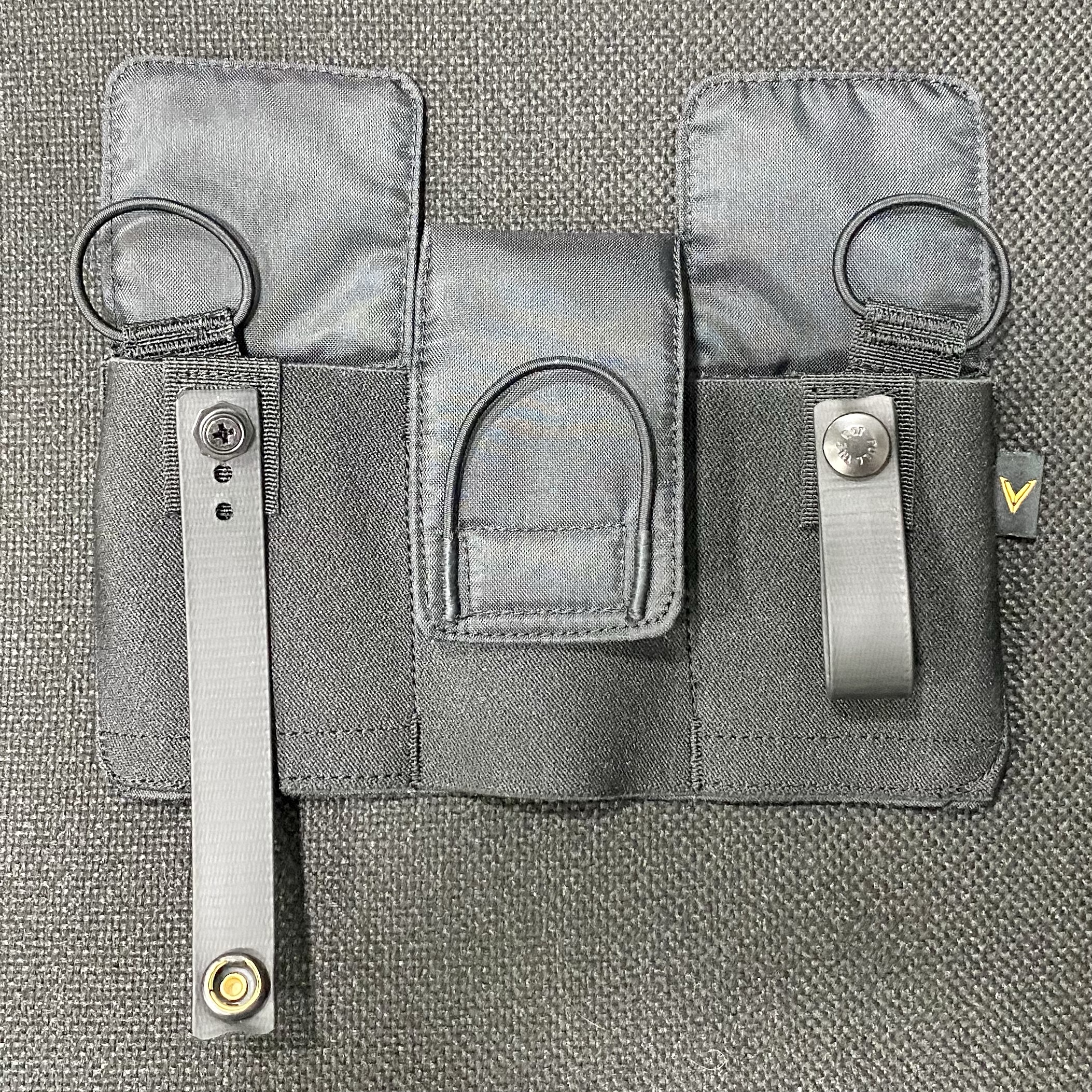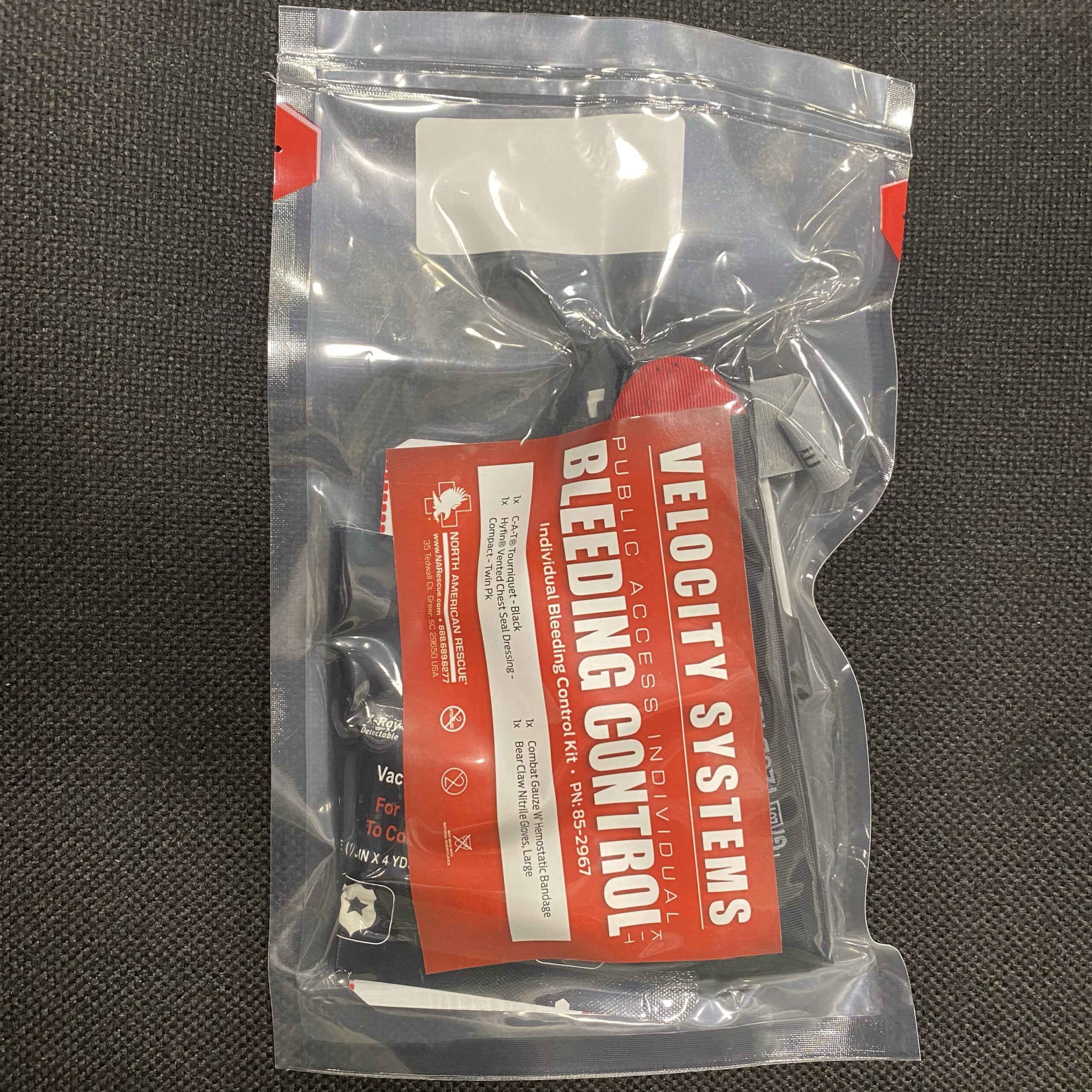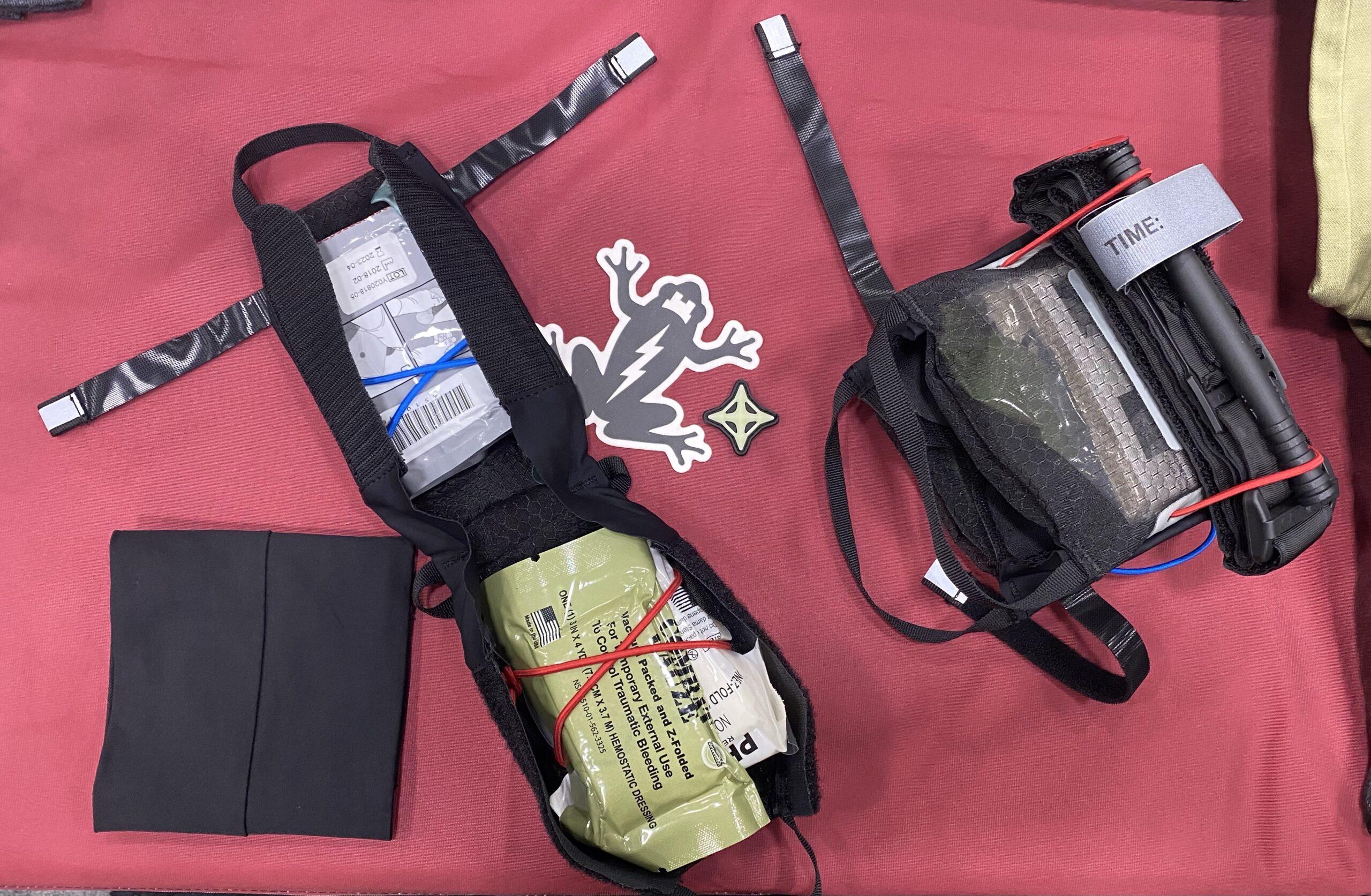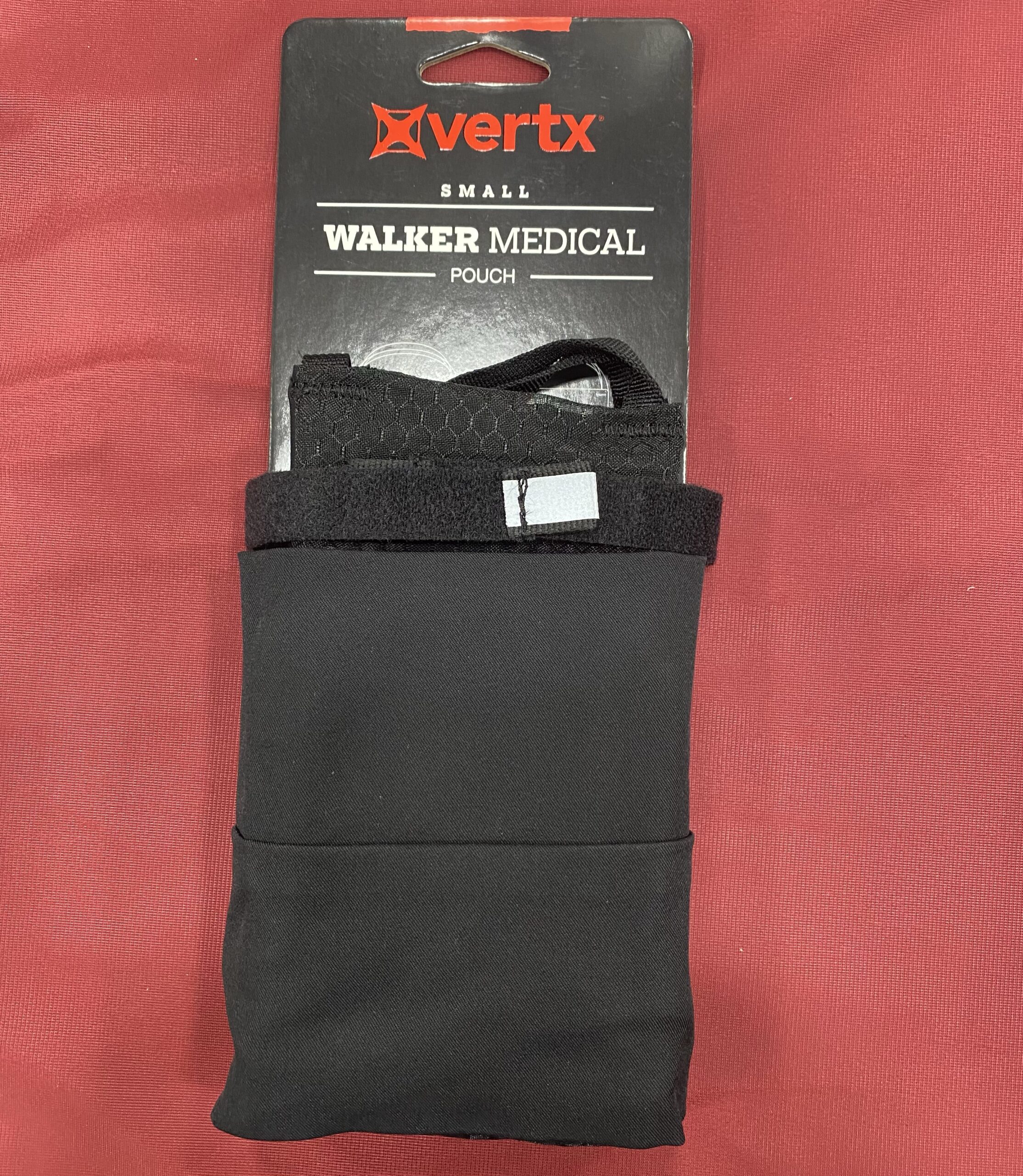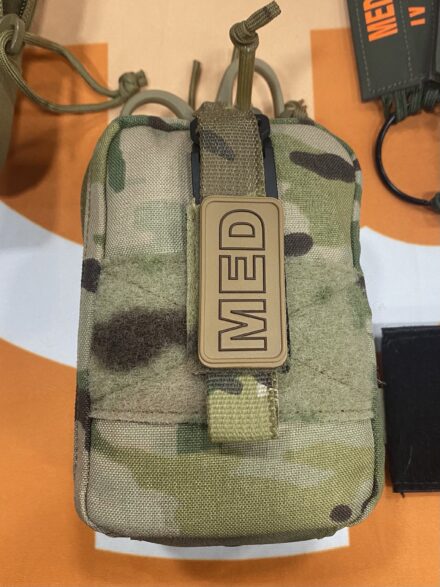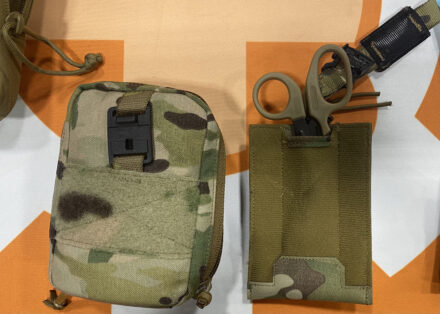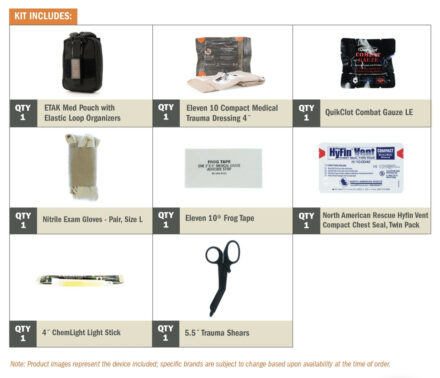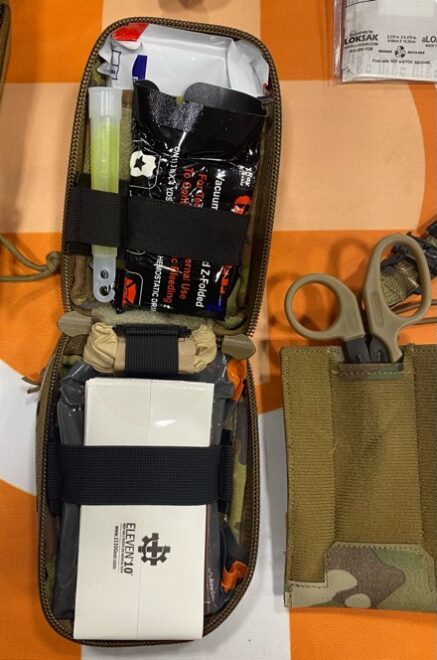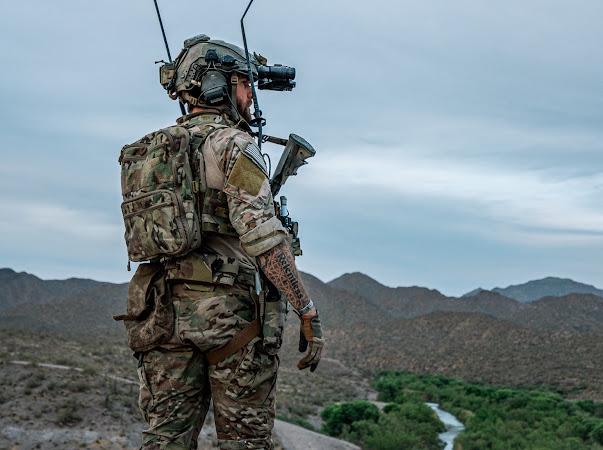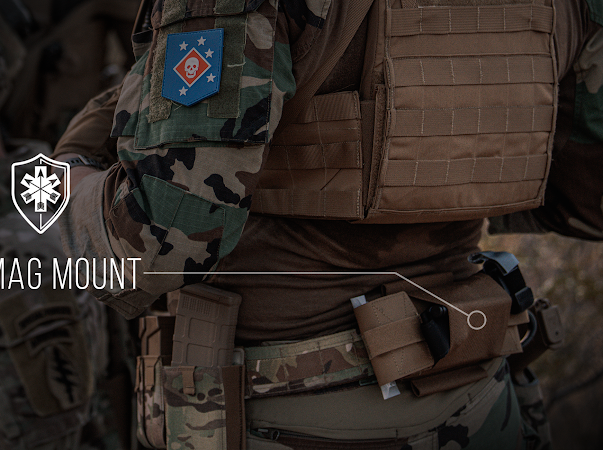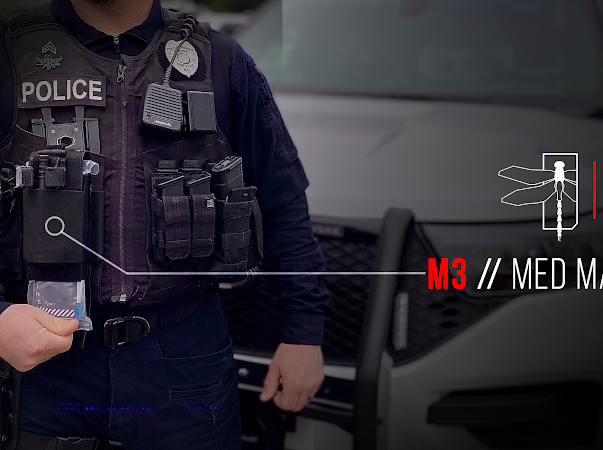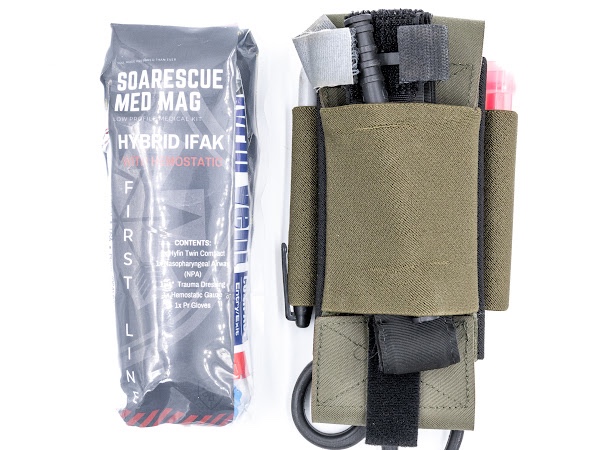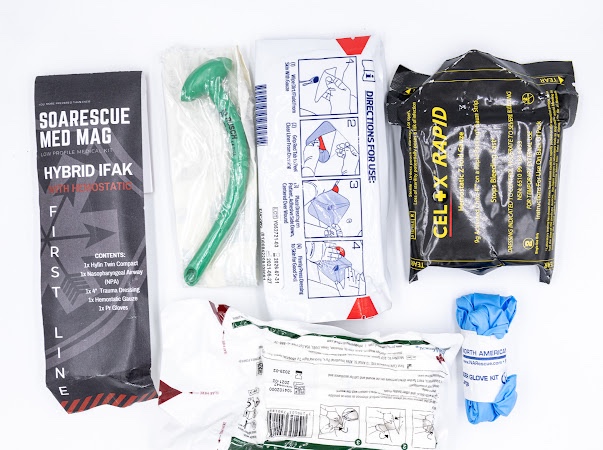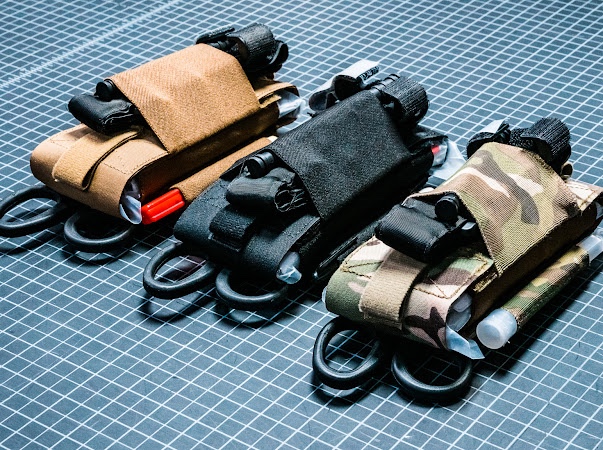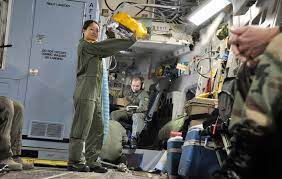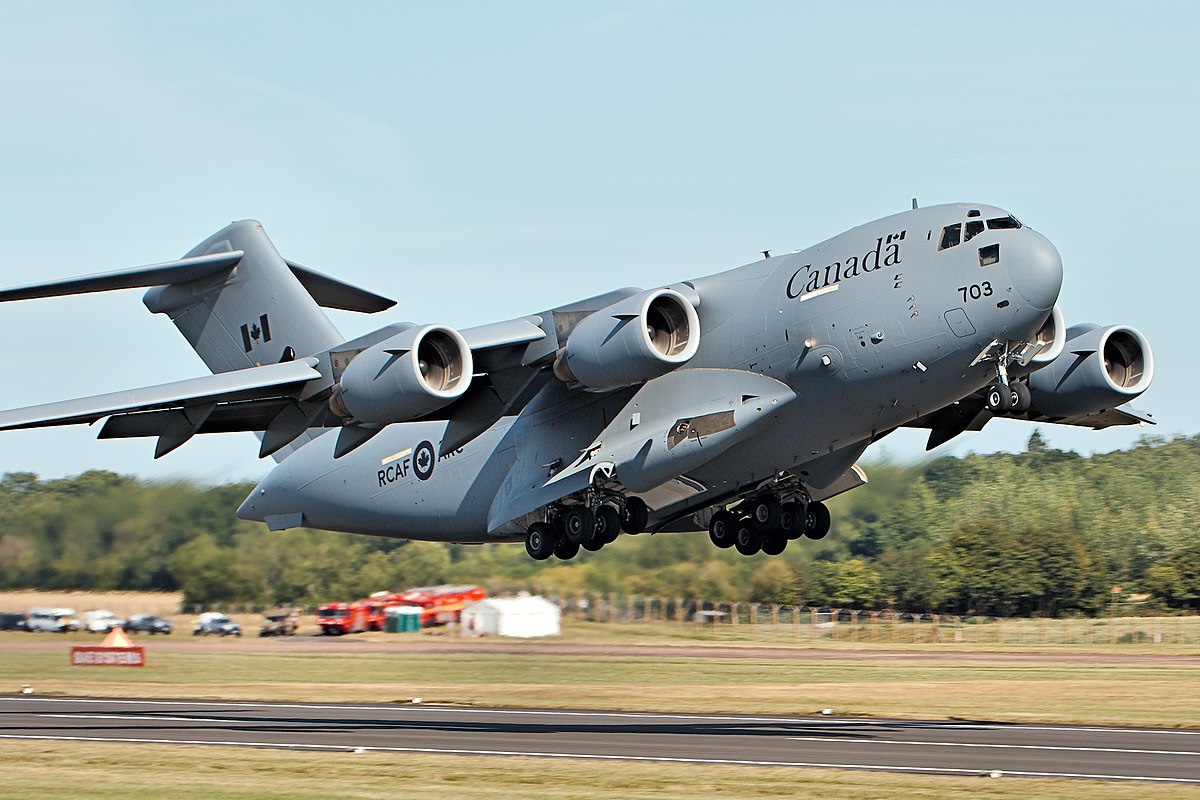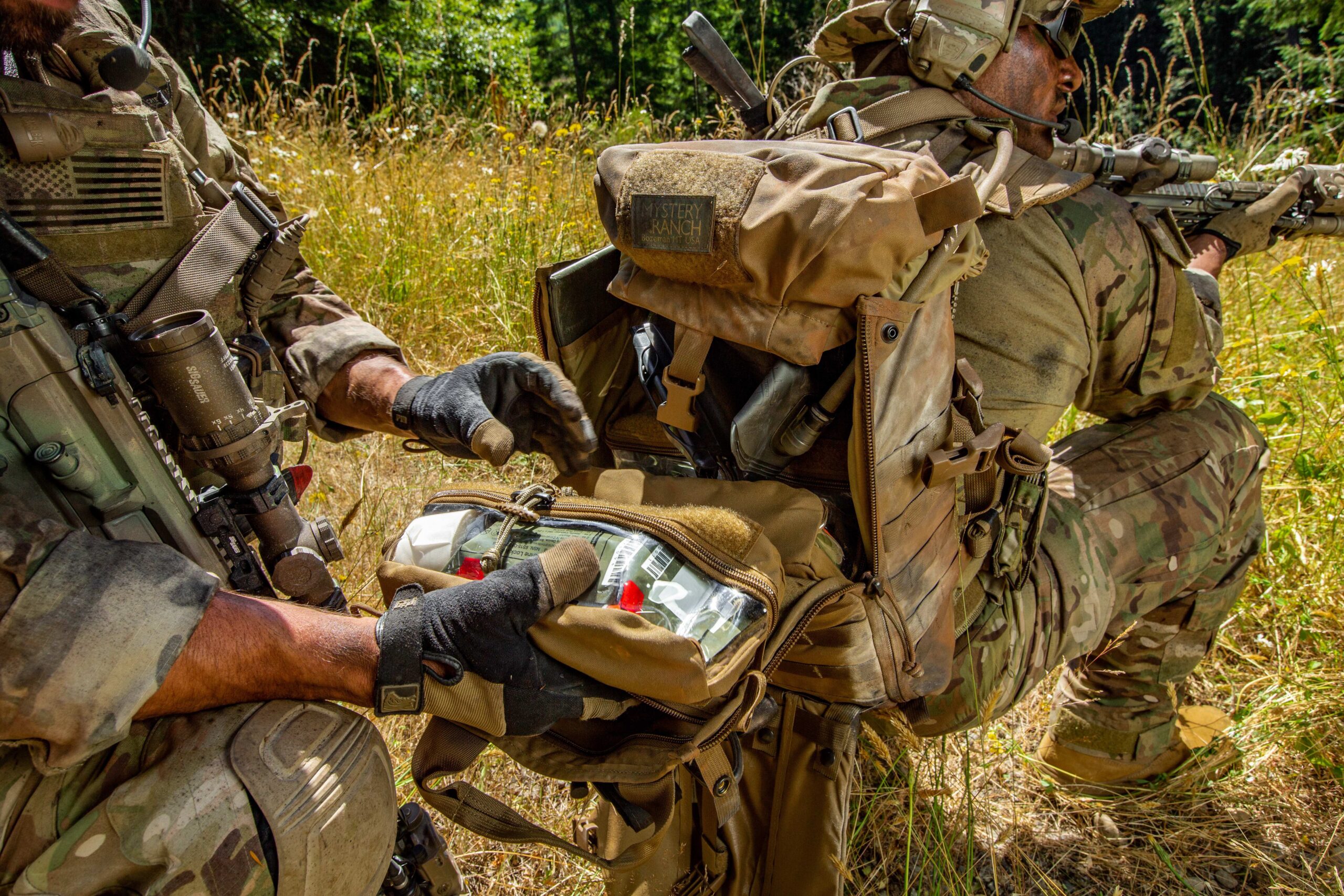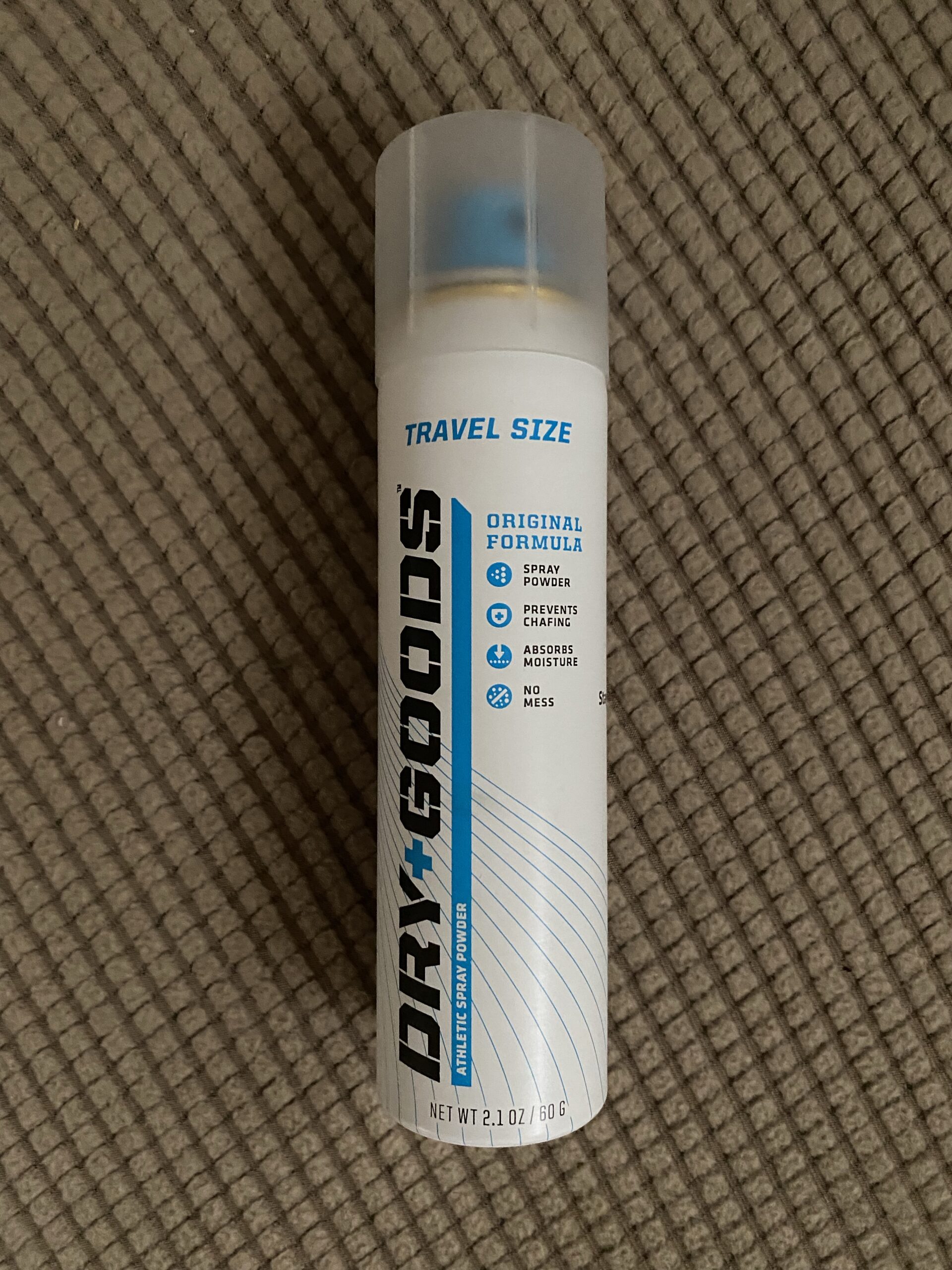S.O. Tech is celebrating the 10 year anniversary of the V.I.P.E.R. Flat IFAK with a limited edition run of the SO Tech IFAK kits in MultiCam Black.
The S.O. TECH flat IFAK [NSN 8465-01-685-1142 and 6545-01-644-4988} has an interesting background. This, given the overall history of Jim Cragg and S.O. Tech (which is fast coming up on 25 years of service) is not much of a surprise.
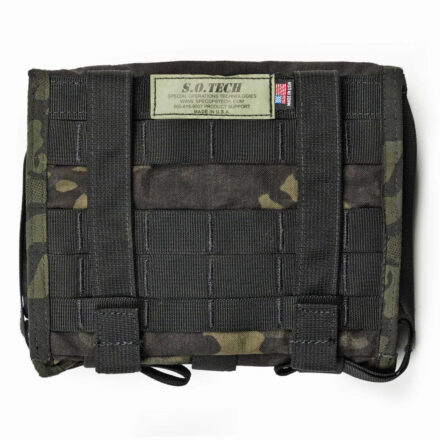
S.O. Tech will be 25 years old soon itself (you may remember their 20th anniversary video series).
They explain the V.I.P.E.R. IFAK below.
Tasked by USASOC to go outside of the box and design a next generation load carriage plate carrier, we innovated moving the first aid kit to the lower back but keeping it rapid access. In 2011 the Science and Technology of Army Special Operations Command brought us in to incorporate solar panels in the rear plate carrier for Special Forces soldiers. The top half carried the panels opening up the bottom half for the elements of a SOF IFAK. At first it was a sleeve built into the shell of the rear plate carrier, but soon we moved it as a module down onto the belt realizing that it forms a great lower back pad. From there, we watched SOF operators across the spectrum have the “ah-ha” moments when they realized there was a great place for the IFAK that was out of the way, but not out of reach. Obviously, the conventional Army realized the same thing as they incorporated our design in the IFAK-2 project making 900,000 IFAKs.
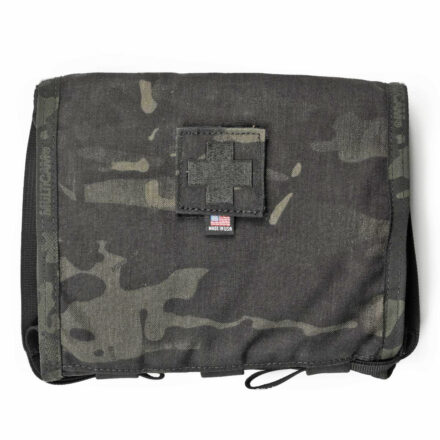
The strategy we approached this design with looked deep into mindset of America’s most elite warriors. Weapons and reloads dominate the training day, and traumatic wounds signal defeat to a warrior. Pushing the med kit out of the tactical triangle satisfied the Alpha warrior, but any soldier who has seen a comrade’s blood knows down deep the need for quick pull IFAK access. Reaching with either hand and pulling the tools that will stop the bleeding elevates the confidence, and the feeling of that pack in your lower back offers a similar sense of support as the team member’s squeeze coming up the stack.
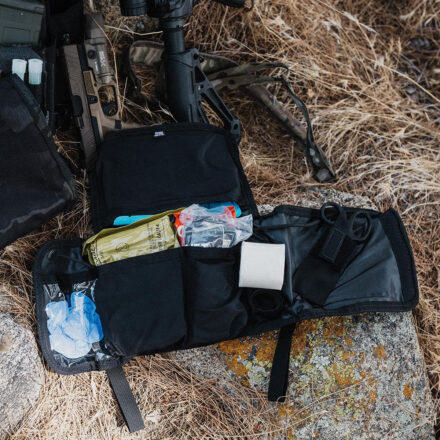
The S.O.Tech V.I.P.E.R. IFAK is the choice IFAK for the U.S. Special Forces, U.S. Marshals Service, U.S. Secret Service SOD, ATF, New Zealand Special Operations, Estonia Special Operations and many other elite units in the USA and around the world.
NSN’s: 8465-01-685-1142 / 6545-01-644-4988
Learn more about their medical catalog.
Find S.O. TECH on line at sotechtactical.com. On Instagram @sotechtactical and Facebook /SOTECHTACTICAL/.
